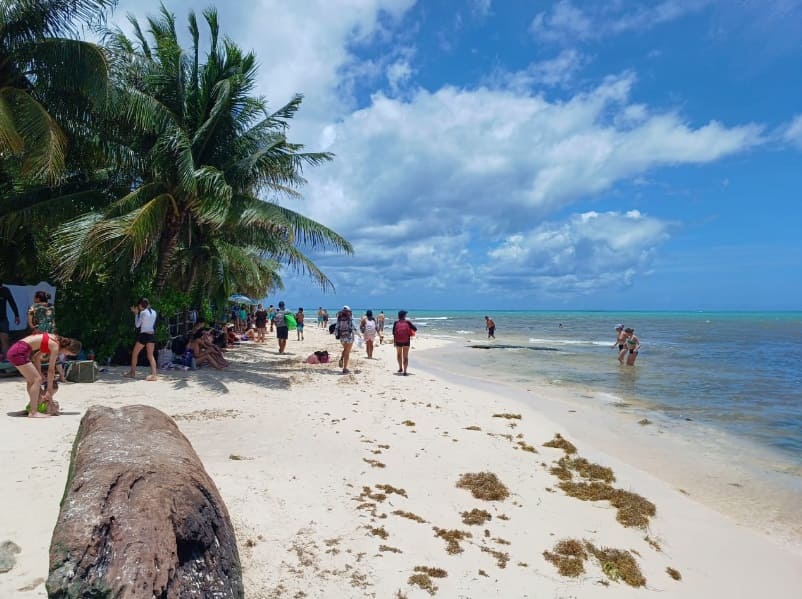
Hurricane Beryl: A Surprising Ally in Beach Recovery
In a remarkable turn of events, Hurricane Beryl has played an unexpected role in helping to restore the beaches along our coastlines. While hurricanes are often associated with destruction and damage, Beryl’s impact has led to a positive outcome for our local beaches, pushing the sea back several meters and aiding in their recovery.
The Unforeseen Benefits of Hurricane Beryl
Hurricanes typically bring to mind images of strong winds, heavy rains, and widespread devastation. However, Hurricane Beryl, which recently swept through our region, has shown that nature’s forces can sometimes have beneficial effects. The powerful storm surge and shifting currents associated with Beryl have resulted in the deposition of sand and sediment along the shoreline, effectively rejuvenating the beaches that had been eroding over the years.
The Science Behind Beach Recovery
Beach erosion is a natural process that occurs over time due to factors such as wave action, currents, and human activities. This erosion can lead to the loss of valuable beachfront, affecting local ecosystems, tourism, and property values. Interestingly, hurricanes like Beryl can counteract these effects by redistributing sand and sediment.
During a hurricane, the intense wave action and storm surges can erode sand from the seabed and deposit it back onto the shore. This process, known as accretion, can help to rebuild and restore beaches. In the case of Hurricane Beryl, the storm’s unique trajectory and intensity created ideal conditions for this natural restoration process.
The Impact on Local Beaches
Local beaches that had been suffering from gradual erosion have seen a significant improvement following Hurricane Beryl. The storm’s powerful waves pushed back the sea by several meters, revealing wider and more robust stretches of sand. This unexpected gift from nature has been welcomed by both residents and tourists, who can now enjoy the revitalized beaches.
The recovery of the beaches is not just a visual improvement; it also has important ecological benefits. Healthier beaches provide better habitats for wildlife, including nesting grounds for sea turtles and foraging areas for shorebirds. Additionally, the wider beaches offer greater protection against future storm surges, acting as natural barriers that can absorb and dissipate wave energy.
A New Perspective on Hurricanes
While hurricanes are still dangerous and can cause significant harm, the case of Hurricane Beryl reminds us that nature is complex and multifaceted. The storm’s unexpected role in beach recovery highlights the dynamic interactions between natural forces and the environment. It serves as a reminder that even in the face of adversity, there can be positive outcomes.
Looking Ahead
The recovery of our beaches thanks to Hurricane Beryl is a silver lining in an otherwise challenging situation. As we continue to monitor and respond to natural events, it is essential to recognize and appreciate the ways in which nature can contribute to the restoration and preservation of our coastal environments.
For those living near the coast or considering a visit, the newly restored beaches offer a beautiful and resilient destination. The story of Hurricane Beryl’s impact on our shores is a testament to the ever-changing and often surprising relationship between humans and the natural world.
Conclusion
Hurricane Beryl’s unexpected contribution to beach recovery serves as a powerful reminder of nature’s ability to heal and restore. As our beaches benefit from this natural restoration process, we are given a chance to reflect on the importance of protecting and preserving these vital ecosystems. The next time you visit the beach, take a moment to appreciate the natural forces at work and the resilience of our coastal landscapes.



